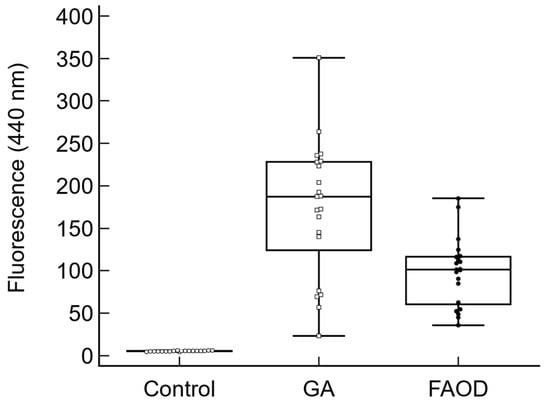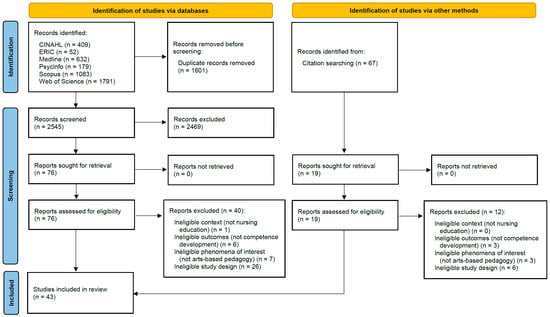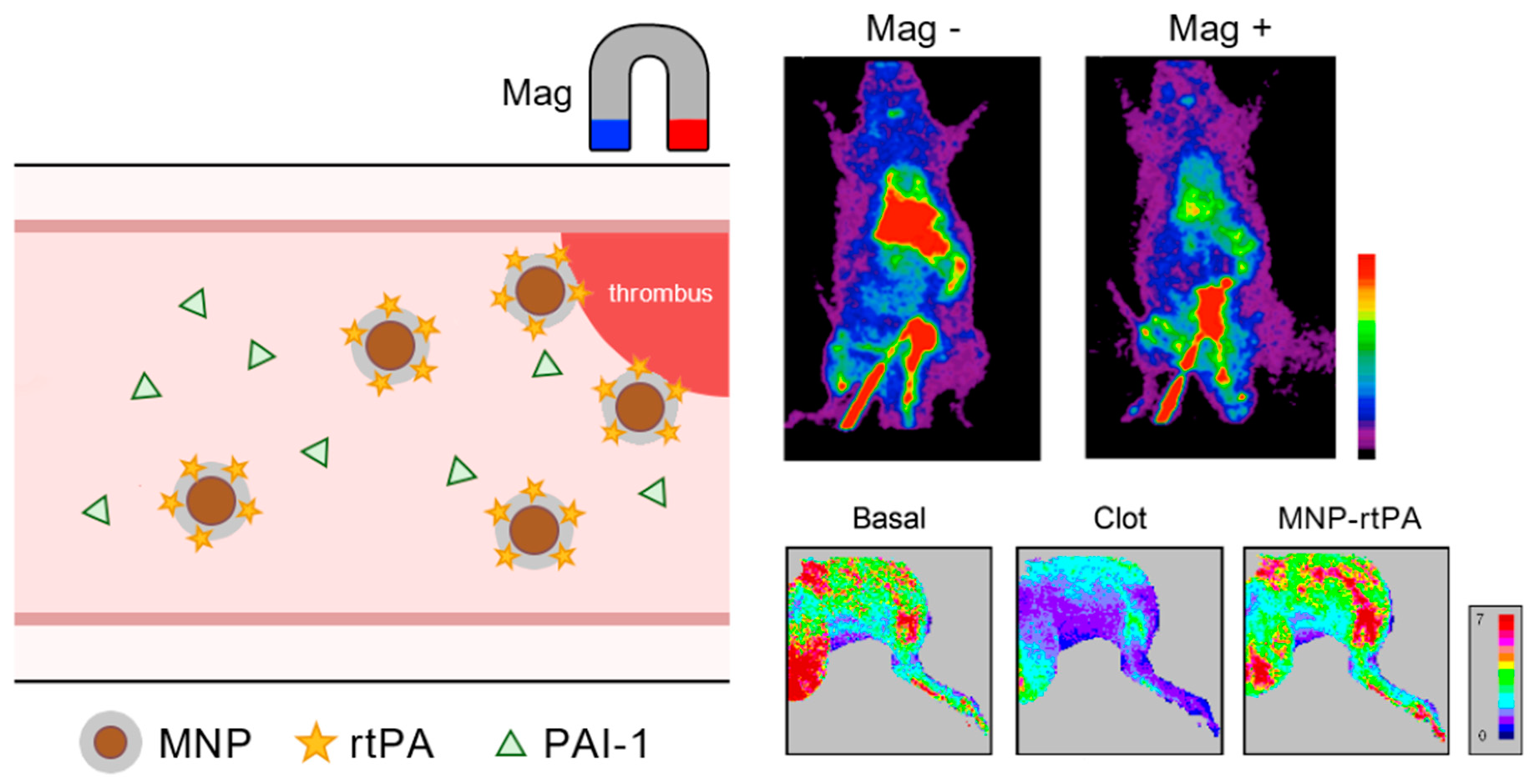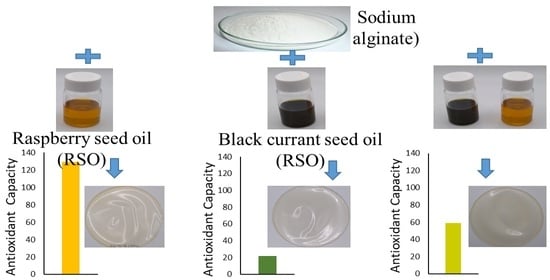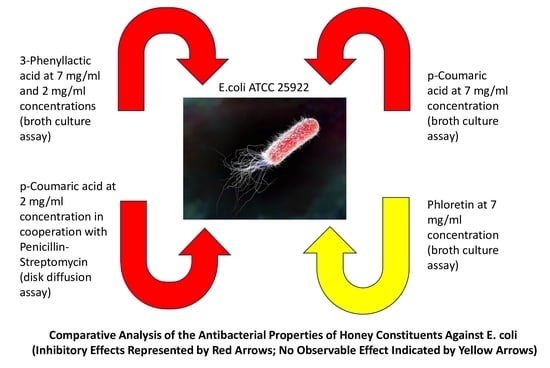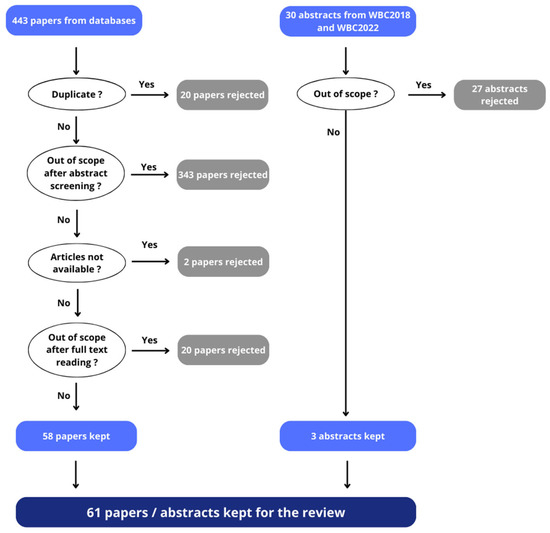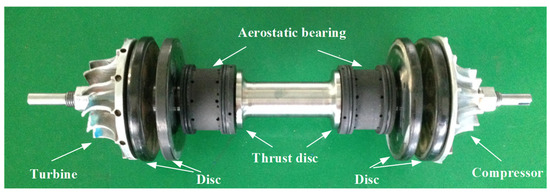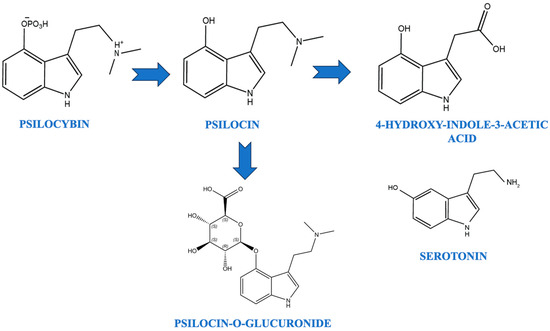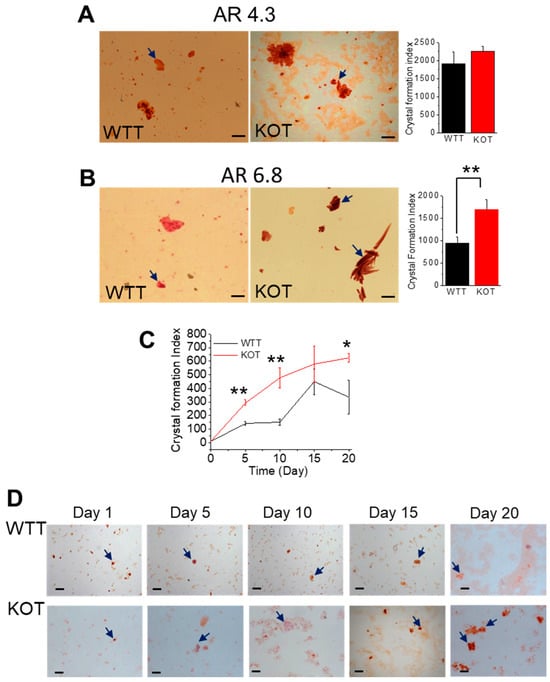In calcium nephrolithiasis (CaNL), most calcium kidney stones are identified as calcium oxalate (CaOx) with variable amounts of calcium phosphate (CaP), where CaP is found as the core component. The nucleation of CaP could be the first step of CaP+CaOx (mixed) stone formation. High urinary supersaturation of CaP due to hypercalciuria and an elevated urine pH have been described as the two main factors in the nucleation of CaP crystals. Our previous in vivo findings (in mice) show that transient receptor potential canonical type 3 (TRPC3)-mediated Ca
2+ entry triggers a transepithelial Ca
2+ flux to regulate proximal tubular (PT) luminal [Ca
2+], and TRPC3-knockout (KO; -/-) mice exhibited moderate hypercalciuria and microcrystal formation at the loop of Henle (LOH). Therefore, we utilized TRPC3 KO mice and exposed them to both hypercalciuric [2% calcium gluconate (CaG) treatment] and alkalineuric conditions [0.08% acetazolamide (ACZ) treatment] to generate a CaNL phenotype. Our results revealed a significant CaP and mixed crystal formation in those treated KO mice (KOT) compared to their WT counterparts (WTT). Importantly, prolonged exposure to CaG and ACZ resulted in a further increase in crystal size for both treated groups (WTT and KOT), but the KOT mice crystal sizes were markedly larger. Moreover, kidney tissue sections of the KOT mice displayed a greater CaP and mixed microcrystal formation than the kidney sections of the WTT group, specifically in the outer and inner medullary and calyceal region; thus, a higher degree of calcifications and mixed calcium lithiasis in the kidneys of the KOT group was displayed. In our effort to find the Ca
2+ signaling pathophysiology of PT cells, we found that PT cells from both treated groups (WTT and KOT) elicited a larger Ca
2+ entry compared to the WT counterparts because of significant inhibition by the store-operated Ca
2+ entry (SOCE) inhibitor, Pyr6. In the presence of both SOCE (Pyr6) and ROCE (receptor-operated Ca
2+ entry) inhibitors (Pyr10), Ca
2+ entry by WTT cells was moderately inhibited, suggesting that the Ca
2+ and pH levels exerted sensitivity changes in response to ROCE and SOCE. An assessment of the gene expression profiles in the PT cells of WTT and KOT mice revealed a safeguarding effect of TRPC3 against detrimental processes (calcification, fibrosis, inflammation, and apoptosis) in the presence of higher pH and hypercalciuric conditions in mice. Together, these findings show that compromise in both the ROCE and SOCE mechanisms in the absence of TRPC3 under hypercalciuric plus higher tubular pH conditions results in higher CaP and mixed crystal formation and that TRPC3 is protective against those adverse effects.
Full article
 IJMS
IMPACT
IJMS
IMPACT Applied Sciences
IMPACT
Applied Sciences
IMPACT Sustainability
IMPACT
Sustainability
IMPACT Sensors
IMPACT
Sensors
IMPACT JCM
IMPACT
JCM
IMPACT Energies
IMPACT
Energies
IMPACT Molecules
IMPACT
Molecules
IMPACT Materials
IMPACT
Materials
IMPACT Remote Sensing
IMPACT
Remote Sensing
IMPACT Cancers
IMPACT
Cancers
IMPACT Electronics
IMPACT
Electronics
IMPACT Mathematics
IMPACT
Mathematics
IMPACT Foods
IMPACT
Foods
IMPACT Buildings
IMPACT
Buildings
IMPACT Plants
IMPACT
Plants
IMPACT Nutrients
IMPACT
Nutrients
IMPACT Animals
IMPACT
Animals
IMPACT Polymers
IMPACT
Polymers
IMPACT Water
IMPACT
Water
IMPACT Diagnostics
IMPACT
Diagnostics
IMPACT Biomedicines
IMPACT
Biomedicines
IMPACT Agronomy
IMPACT
Agronomy
IMPACT Microorganisms
IMPACT
Microorganisms
IMPACT Processes
IMPACT
Processes
IMPACT Healthcare
IMPACT
Healthcare
IMPACT Forests
IMPACT
Forests
IMPACT Cells
IMPACT
Cells
IMPACT JMSE
IMPACT
JMSE
IMPACT Medicina
IMPACT
Medicina
IMPACT Viruses
IMPACT
Viruses
IMPACT Agriculture
IMPACT
Agriculture
IMPACT Nanomaterials
IMPACT
Nanomaterials
IMPACT IJERPH
IJERPH
 Land
IMPACT
Land
IMPACT Pharmaceutics
IMPACT
Pharmaceutics
IMPACT Pharmaceuticals
IMPACT
Pharmaceuticals
IMPACT Religions
IMPACT
Religions
IMPACT Biomolecules
IMPACT
Biomolecules
IMPACT Life
IMPACT
Life
IMPACT Micromachines
IMPACT
Micromachines
IMPACT Atmosphere
IMPACT
Atmosphere
IMPACT Antioxidants
IMPACT
Antioxidants
IMPACT Genes
IMPACT
Genes
IMPACT Metals
IMPACT
Metals
IMPACT Symmetry
IMPACT
Symmetry
IMPACT Children
IMPACT
Children
IMPACT Coatings
IMPACT
Coatings
IMPACT Vaccines
IMPACT
Vaccines
IMPACT Horticulturae
IMPACT
Horticulturae
IMPACT Education Sciences
IMPACT
Education Sciences
IMPACT Minerals
IMPACT
Minerals
IMPACT Brain Sciences
IMPACT
Brain Sciences
IMPACT JPM
IMPACT
JPM
IMPACT Bioengineering
IMPACT
Bioengineering
IMPACT



